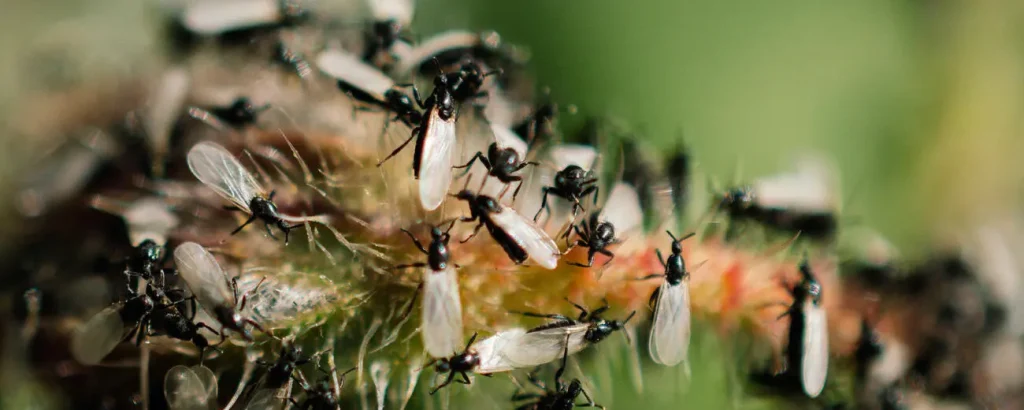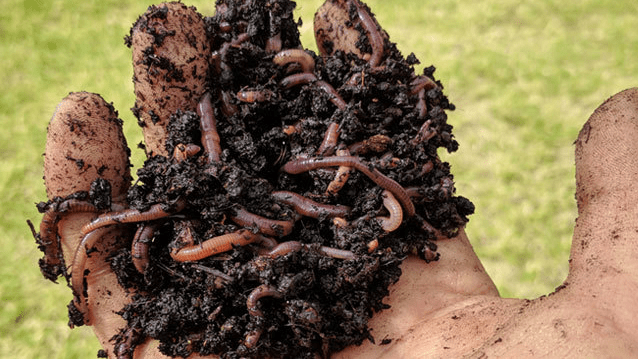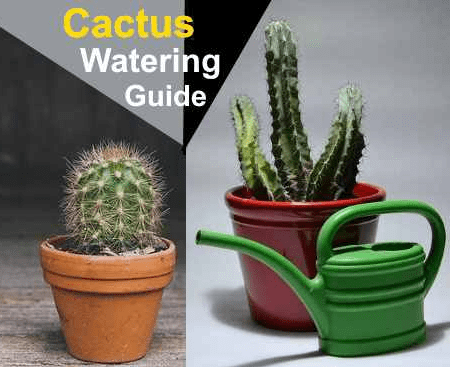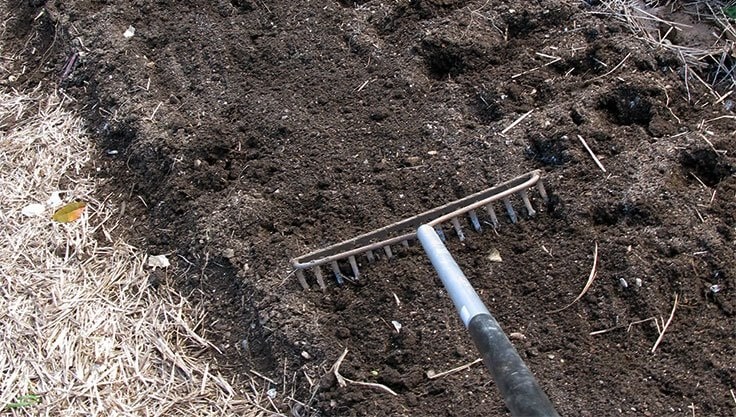Flying Ants in the House: How to Get Rid of Them Safely
During the summer months, swarms of flying ants sometimes find their way indoors. These large, winged ants are harmless, but what should you do with them? How can you get them out? An expert shares some useful tips.
Contents
Flying Ants Don’t Stay Long
When flying ants appear, they usually do so in large swarms—but they don’t stay for long.
Where Do Flying Ants Come From?
A reader emailed us and asked
“Suddenly, there are numerous flying ants in my living room. I want to get rid of them without harming them. What can I do?”
Animal expert from the Nature and Biodiversity Conservation Union (NABU) has the answer:
“Flying ants are a common summer phenomenon. These relatively large, winged ants often get lost indoors during their nuptial flight.”
With a bit of patience, the issue resolves itself. Ants’ nuptial flights occur once a year and typically last only two to three days before the insects disappear. Under no circumstances should you use poison or harsh removal methods.
Ants of the same species launch their nuptial flights almost simultaneously, forming massive swarms in the air. This collective behavior helps protect them from predators by creating the illusion of smoke or a dark cloud.
How to Gently Remove Flying Ants from Your Home
If flying ants have made their way into your home, there are several gentle ways to guide them back outside:
- Open the windows and try to direct them out using a cool breeze from a hairdryer.
- Use light to lure them out—in the evening, turn off the indoor lights and place a bright light source outside to attract them.
- Vacuum with caution—if all else fails, set your vacuum cleaner to the lowest setting and place a nylon stocking inside the vacuum tube to catch the ants. This allows you to collect them and release them safely outside.
Are Flying Ants Dangerous?
Flying ants are simply the reproductive males and females of common ant species. During their nuptial flight, young queens mate with suitable males while flying in large swarms. They are naturally drawn to light, which is why they sometimes end up indoors.
To prevent flying ants from entering your home, it’s best to install fly screens on windows and doors.
Flying ants are harmless: They are simply searching for other ants and sometimes end up inside by accident. They do not bite or sting and are not considered pests. Instead of eliminating them, it’s best to guide them back into nature.
Tips:
Flying ants are a nutritious treat for birds and play an important role in the garden’s food chain.
Be Aware of Exotic Ant Species
Certain invasive ant species from tropical regions, such as the Pharaoh ant, prefer to nest inside buildings due to their need for warm environments. These ants can cause damage and require professional removal. For more information, contact the German Association for Ant Protection (Bundesverband der Deutschen Ameisenschutzwarte e.V.).
Ants as an Indicator of Mold
If you frequently find ants in your home, they might be attracted to food sources. However, in older or humid houses, nesting ants can also indicate the presence of mold, as fungi are part of their diet.
By taking preventive measures and using gentle removal techniques, you can coexist with these fascinating insects while keeping your home ant-free.










